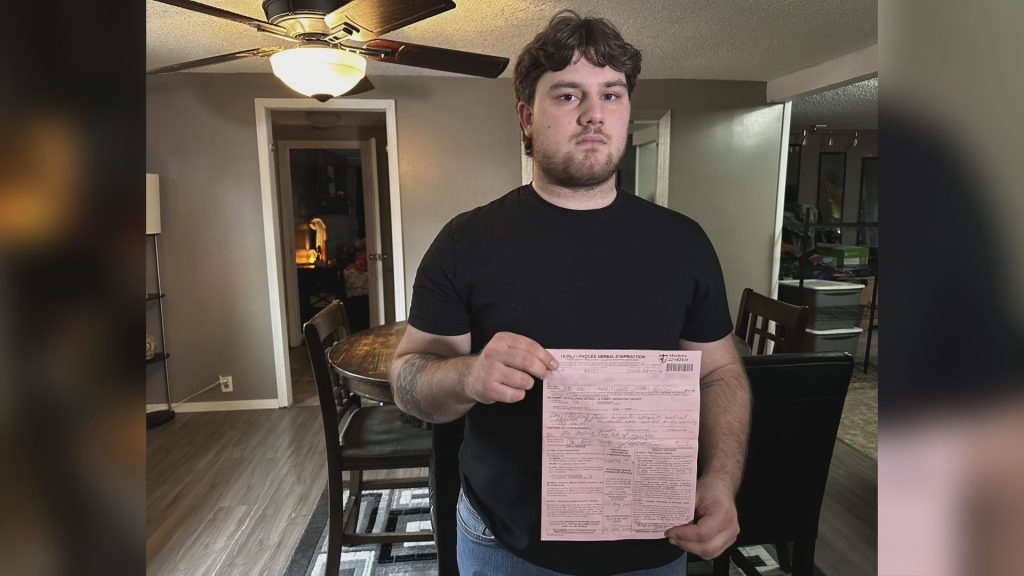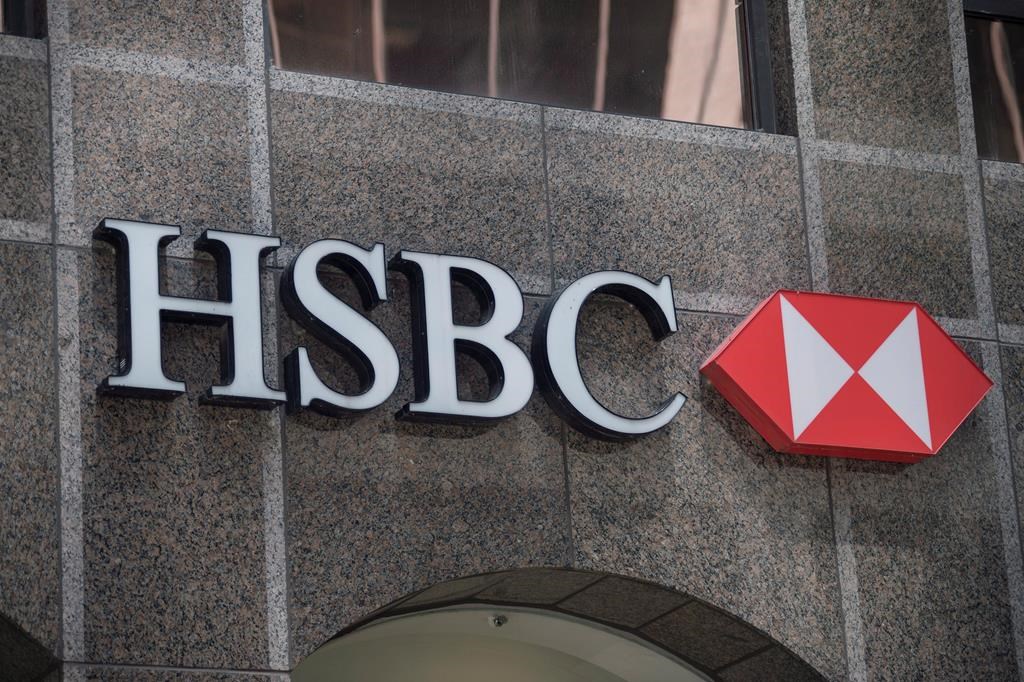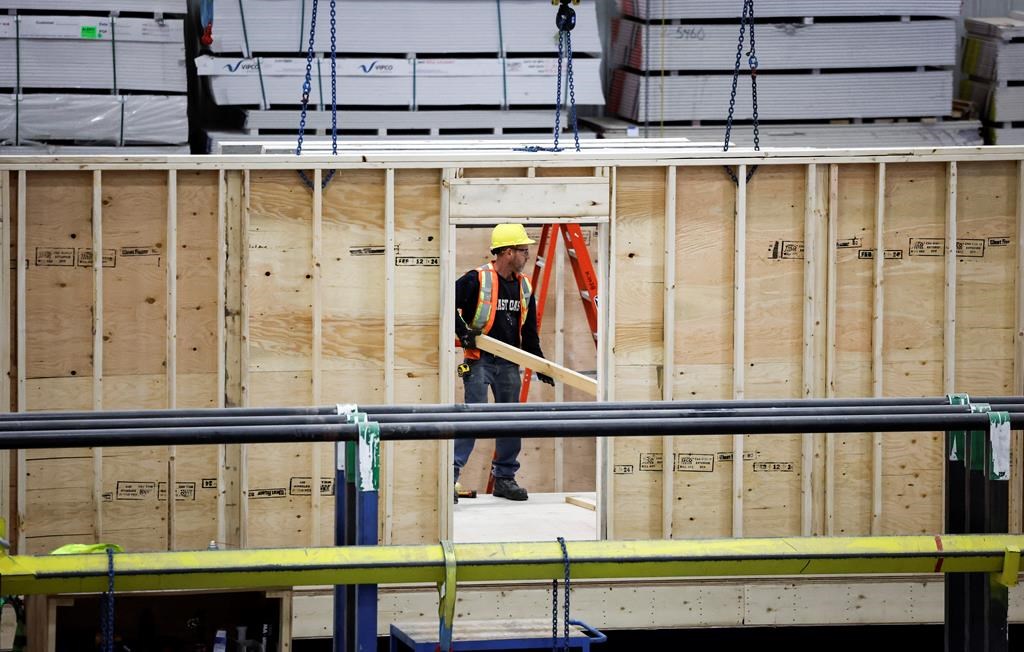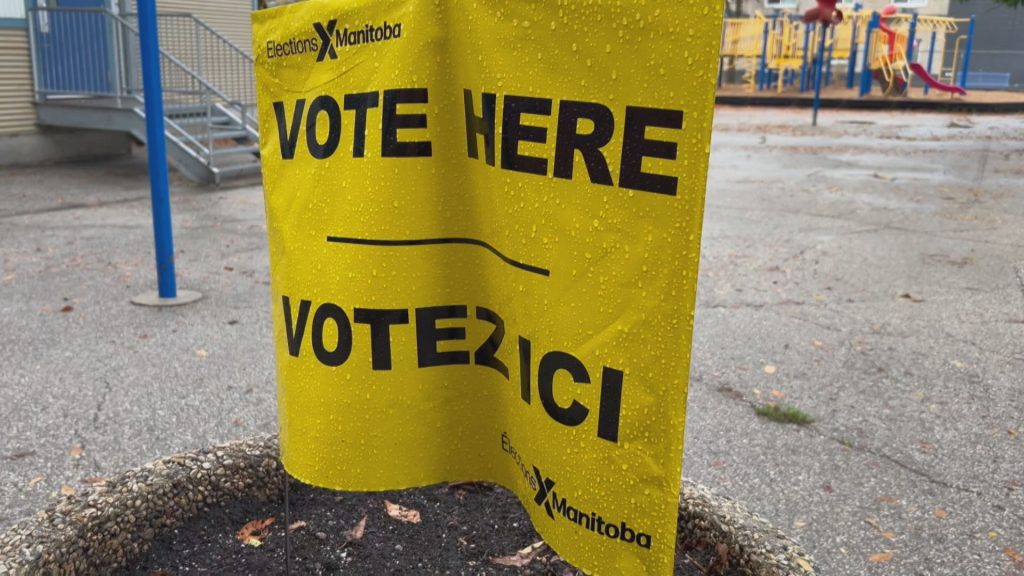COVID-19 pandemic pushes federal deficit projection to record $343B
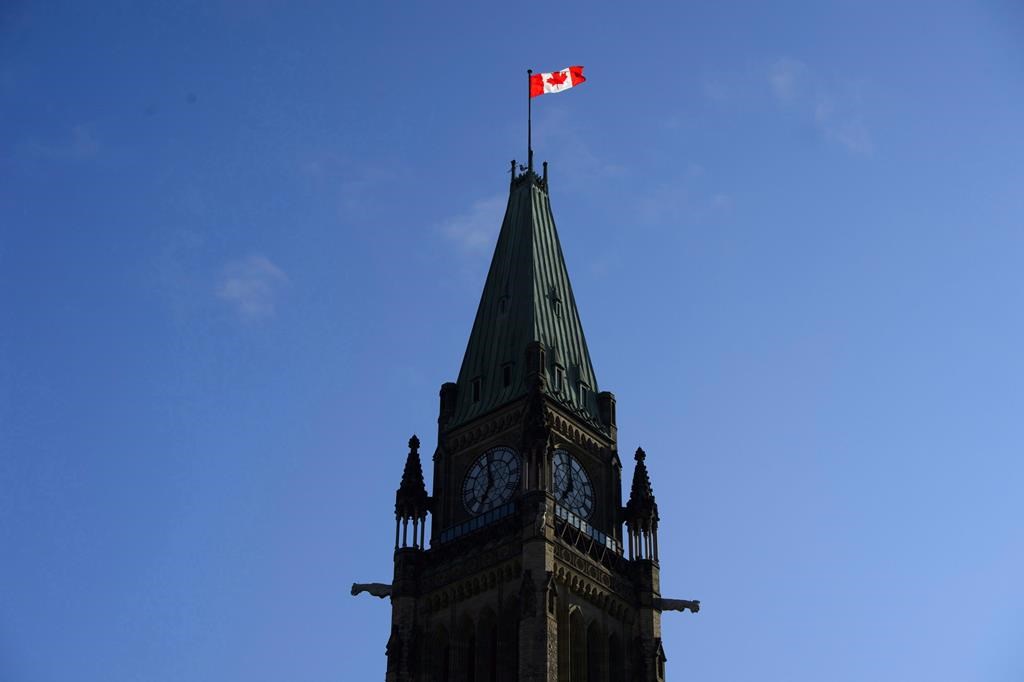
Posted July 8, 2020 11:18 am.
Last Updated July 8, 2020 7:30 pm.
OTTAWA – The Trudeau government’s fiscal snapshot shows the federal deficit is projected to be $343.2 billion for this fiscal year.
This comes as Canada’s economy is estimated to shrink by 6.8 per cent — the sharpest decline since the Great Depression — and as nearly two million Canadians are expected to remain without work for the rest of this year.
The economic snapshot forecasts the economy will contract by 6.8% in 2020 as a whole, its sharpest drop since the Great Depression. However there is a projection of a 5.5% rebound in 2021. #cdnpoli #COVID19
— Cormac Mac Sweeney (@cmaconthehill) July 8, 2020
“The reality is that we’ve faced an enormous shock to our system,” Finance Minister Bill Morneau says.
This massive amount of red ink is largely because of the decline of the economy and the direct emergency measures introduced to help Canadians and businesses weather the COVID-19 pandemic. Emergency assistance brought in over the past four months include the federal government’s wage subsidy and Canada Emergency Response Benefit, programs which total $212 billion.
This means the COVID-19 pandemic has pushed the government’s debt from $765 billion as of March 2020 to an expected $1.2 trillion by March 2021.
The pandemic has pushed the federal government’s debt from $765 billion as of March 2020, to an expected $1.2 trillion by March 2021 #cdnpoli #COVID19
— Cormac Mac Sweeney (@cmaconthehill) July 8, 2020
The figures show women and youth workers are the hardest hit amid the coronavirus pandemic.
Despite the staggering figure, there is a little light at the end of the fiscal tunnel. The federal government says signs show the worst of the economic shock caused by the outbreak may be behind us, and there are projections the economy could see a 5.5 per cent bounce-back next year.
However, the fiscal recovery is largely dependent on how the country handles the health crisis. Models show if Canada is hit by a bad second wave of COVID-19 in the fall and winter, it could mean a harder hit to the economy and a much longer recovery timeline.
The prime minister warns the road to recovery will not be easy, and notes it may take some time.
“Some sectors will bounce back more quickly than others, some people will be able to find work,” Justin Trudeau says. “But others won’t right away.”
While there are no new programs or changes to current programs, Morneau suggests there will be amendments moving forward to the response benefit and the wage subsidy,
“Our intent is to take away any disincentives for them to bring people back to work. That’s the changes we’re making to the wage subsidy as we speak, which will be announced in the near term,” Morneau says.
He adds he’s planning either a fiscal update or a budget for the fall. Morneau would not make a prediction about how long it may take for the government to balance the books.
Opposition split on next steps
Ahead of the unveiling of the fiscal snapshot, opposition MPs said they were split on how Canada should move forward in this pandemic.
The Conservatives had said they wanted to see a phase-out strategy to get people back to work, and that the outlook wouldn’t provide enough detail.
“It also needs to get the clear picture of what’s happening on the revenue, not just the expenditure side,” Conservative critic Dan Albas said.
Meanwhile, the New Democrats had said they wanted to see plans to reshape benefit programs so Canadians would continue to receive support.
NDP Finance Critic Peter Julian said he wants to see programs expanded and the wealthy taxed to pay for it, “So that we can preserve and enhance services that all Canadians need.”
